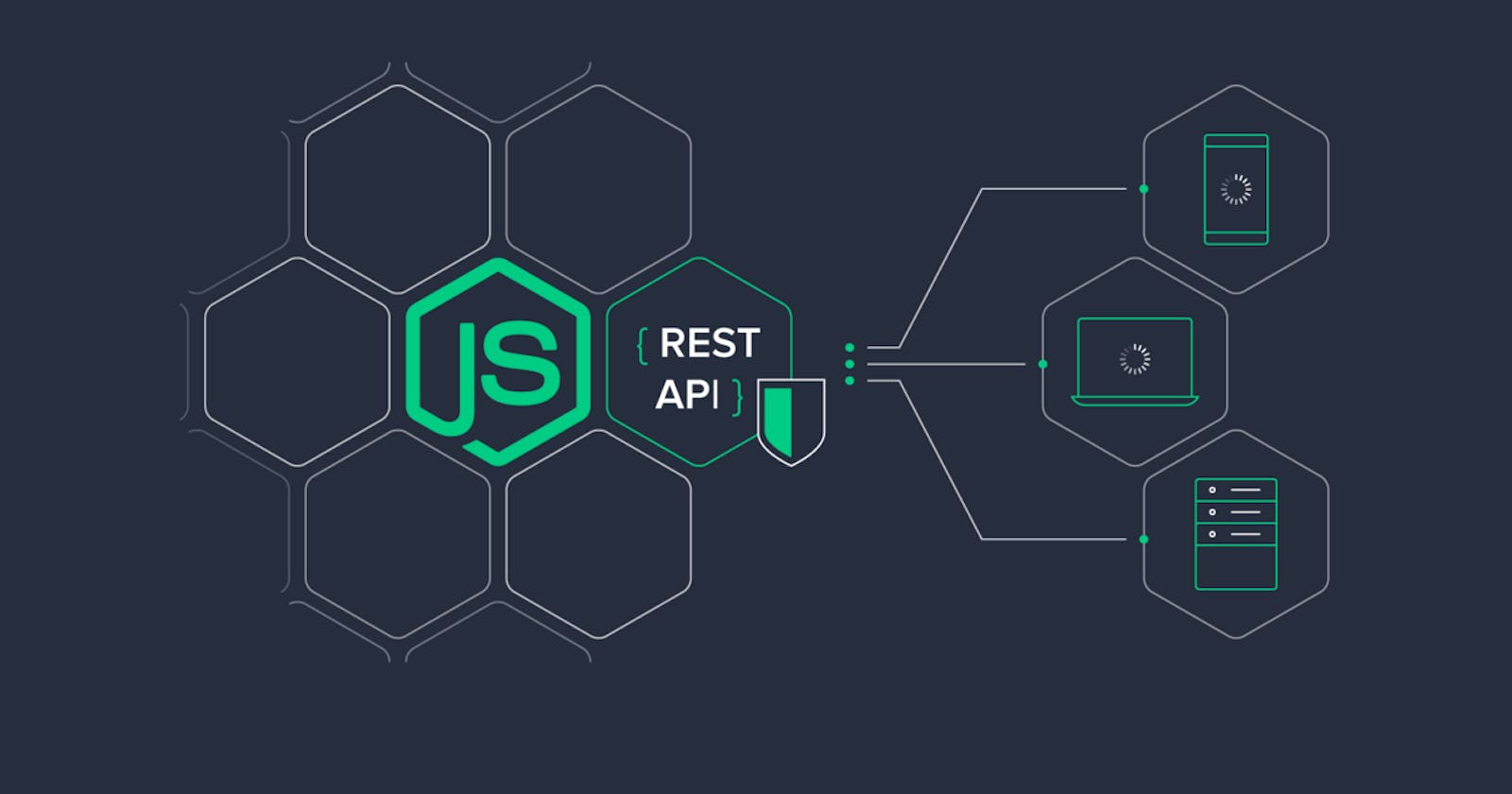"Mastering the Art of RESTful APIs: Best Practices for Fullstack Developers"
Table of contents
No headings in the article.
If you're a Fullstack Developer, you know that developing RESTful APIs is essential to building modern web applications. But with so many best practices to follow, it can be overwhelming to know where to start. In this blog, we'll cover the best practices for developing RESTful APIs, so you can build high-quality, scalable APIs that meet the needs of your users.
Start with a clear understanding of your API's purpose. Before you start building your API, it's important to understand what it's intended to do clearly. This means defining the endpoints, the data structures, and the expected behavior of the API. By starting with a clear understanding of the API's purpose, you can avoid unnecessary complexity and ensure that your API meets the needs of your users.
Use a consistent API design Consistency is key in API design. By using a consistent design, you can make your API more predictable and easier to use. This means defining standard endpoints, using consistent naming conventions, and returning consistent response formats.
Use HTTP methods correctly. RESTful APIs use HTTP methods to indicate the intended action for each endpoint. Using these methods correctly is important to ensure that your API is easy to understand and use. For example, use GET for retrieving data, POST for creating data, PUT for updating data, and DELETE for deleting data.
Use meaningful HTTP status codes. HTTP status codes are used to indicate the success or failure of a request. By using meaningful status codes, you can make it easier for developers to understand what's happening with the API. For example, use 200 OK for successful requests, 400 Bad Request for invalid requests, and 404 Not Found for resources that don't exist.
Document your API Documentation is essential for making your API easy to use and understand. This means clearly describing each endpoint, including the expected request and response formats and any additional information developers might need.
Implement authentication and authorization. Authentication and authorization are essential for securing your API and ensuring that only authorized users can access it. This means using a secure authentication mechanism like OAuth and defining appropriate access levels for each endpoint.
Test your API thoroughly. Thorough testing is essential for ensuring that your API meets the needs of your users and works as expected. This means testing each endpoint with various inputs and ensuring correct responses.

